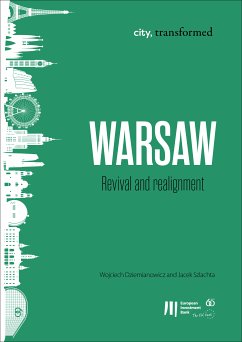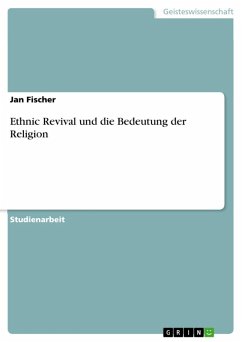With 3 million residents, the Metropolitan Warsaw region is today the ninth most-populated capital city in the EU. It has undergone a series of far-reaching changes to its economic structure over the past 50 years to attain this status. This essay reviews how Poland's capital went from environmental and infrastructure degradation to the wealthiest capital city in Eastern Europe.
Dieser Download kann aus rechtlichen Gründen nur mit Rechnungsadresse in A, B, BG, CY, CZ, D, DK, EW, E, FIN, F, GR, H, IRL, I, LT, L, LR, M, NL, PL, P, R, S, SLO, SK ausgeliefert werden.









